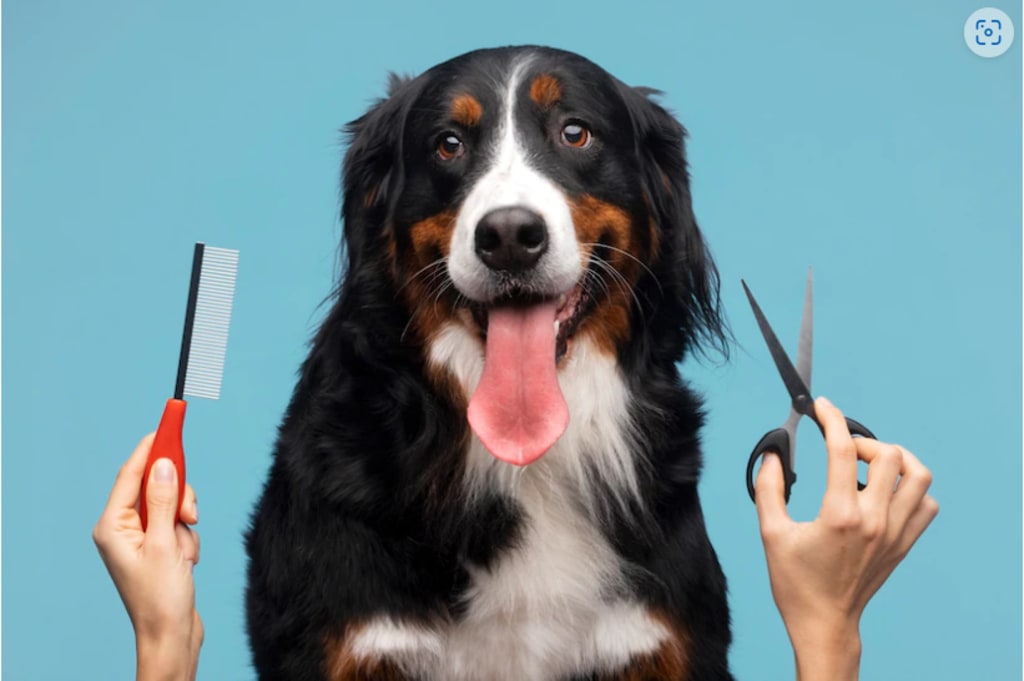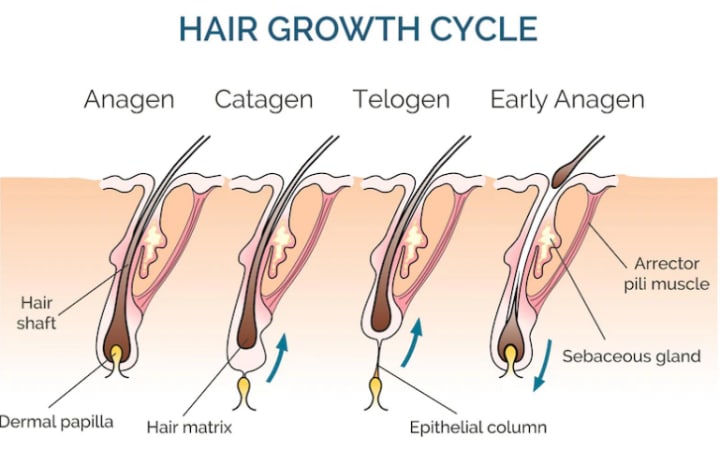
I love my dog, Max, more than anything in the world. He is a golden retriever, and he has always had a beautiful, shiny, and fluffy coat. He is also very friendly, playful, and loyal. He is my best friend and companion.
However, a few months ago, I noticed that Max’s hair was starting to fall out. He had bald patches on his back, legs, and tail. He also seemed to be scratching and biting himself a lot. He looked miserable and unhappy.
I took him to the vet, and he diagnosed him with alopecia, which is a condition that causes hair loss in dogs. He said that it could be due to many factors, such as genetics, hormones, infections, allergies, stress, nutrition, or environmental conditions. He prescribed some medications and shampoos for Max, but they didn’t seem to work. They also had some side effects, such as dry skin, irritation, and drowsiness.
I was desperate to find a solution for Max’s hair loss problem. I wanted him to feel comfortable and confident again. I wanted him to look like his old self again. I started to do some research online, and I came across an article about red light therapy hair growth.

Red light therapy is a natural treatment that uses low-level red or near-infrared light to stimulate the cells and increase the energy production in the mitochondria, which are the powerhouses of the cells. This can boost the cellular functions, including hair growth. Red light therapy can also improve blood circulation, oxygen delivery, collagen synthesis, and anti-inflammatory response in the skin and scalp.

Although it is a product mainly designed for humans, I had interest in it and wanted to learn more.
The article claimed that red light therapy had been proven by multiple studies to be effective for human hair growth , but it could also work for dogs as well. It cited two studies that showed that dogs with alopecia or atopic dermatitis who received red light therapy had significant improvement in hair density and quality compared to dogs who received placebo or no treatment.
I was intrigued by this article, and I decided to give red light therapy a try for Max. I bought a red light therapy device online that emitted red or near-infrared light at a wavelength of 630 nm to 850 nm. It was easy to use and safe for Max. I used it on his scalp or affected areas for 10 to 15 minutes per session, two to three times a week.
After a few weeks of using red light therapy on Max, I noticed a difference in his hair growth. His bald patches started to fill in with new hairs. His coat became thicker and shinier. He also stopped scratching and biting himself as much. He looked happier and more energetic.
I was amazed by the results of red light therapy on Max’s hair growth. It was like a miracle. It was natural, painless, and effective. It restored Max’s confidence and well-being.
Now, Max is back to his normal self again. He loves to run around the park, play fetch with me, and cuddle with me on the couch. He gets compliments from everyone who sees him. He is my beautiful boy again.
If you have a dog who suffers from hair loss or poor hair growth, I highly recommend you try red light therapy for them. It might be the best thing you ever do for them. It might change their life for the better.
Have you ever used best red light for hair growth? What were your experiences? Do you have any questions or comments about it? Please share them with me in the comment section below. I would love to hear from you.
About the Creator
Health First
Let's get healthy! And things will change someday.






Comments
There are no comments for this story
Be the first to respond and start the conversation.